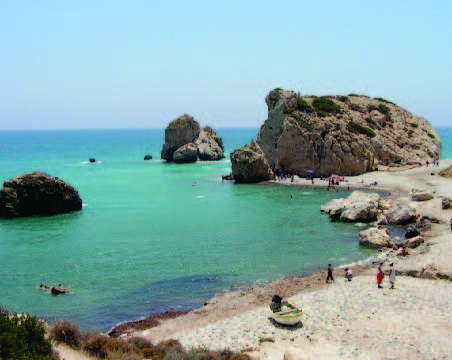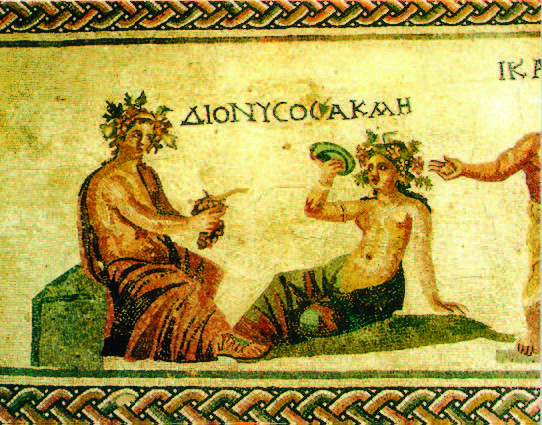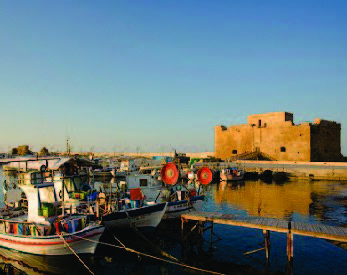Excursions can be booked online through www.easyconferences.org. Participants may pay instantly using their credit card (VISA/MASTERCARD), or they may choose to pay through the bank. A one-stop-shop software is used for the whole process, www.easyconferences.org. The whole process is easy to use, secure, and can be completed in a few minutes. Services are offered at specially negotiated conference rates.
Nicosia is the capital of Cyprus and a mandatory visiting point for every guest on the island.
We will first visit the Nicosia old town where we will have the chance to visit the barrier (also known as the Green Line) that divides the capital of Cyprus.
We will continue by visiting 'Laiki Yitonia' which is a beautifully restored 18th century neighborhood within the Walls which has kept the traditional style of the old market, restaurants and narrow paved streets with local merchants and craftsmen displaying their hand-made products.
We will then walk to the Levention Municipal Museum which is located nearby. It is the only historical museum in Nicosia reviving the old ways of Cypriot life from ancient to present times.
At the end of the tour, we will allocate some time for a stroll and shopping.
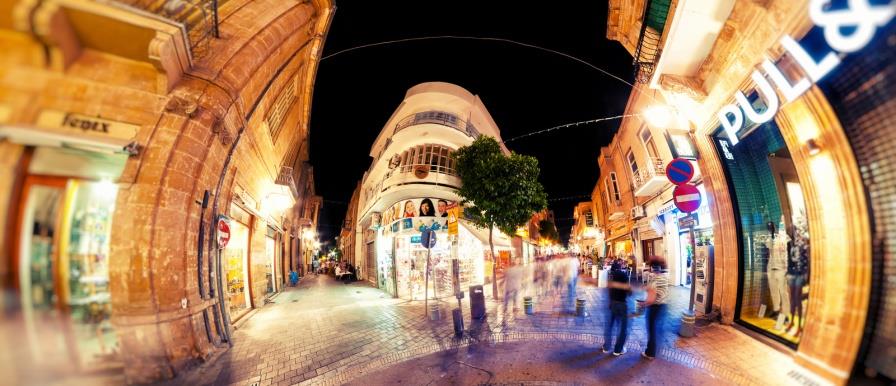

The city of Larnaca can boast for its own contribution to the cultural heritage of Cyprus as well as for being a meeting area for people from all other cities. Our trip will start with the visit to the Kition Archaeological site which was discovered in 1960's. The site offers a historical insight into the temple area of the ancient city-kingdom of Kition.
Our next stop will be the church of Virgin Mary 'Panayia Angeloktisti' (built by angels in Greek), one of the finest examples of 6th century Byzantine art. Another church to be visited will be the church of Saint Lazarus.
We will move on to visit the Larnaca District Archeological Museum. The museum exhibits mainly include findings from Neolithic Ages as well as from the ancient city-kingdom Kition which testify to the commercial and international relations between Cyprus and the regions of the Eastern Mediterranean.
The trip will continue to the Phinikoudes ('Palm Trees') promenade. An array of elegant restaurant-bars and cafes with fine international cuisine lay along the palm line. During our stroll towards the marina, we will pass by the Larnaca Municipal Center at Europe Square and see the bust of Kimon. At the very end of the palm line we will also be able to visit Larnaca castle. And then rest for lunch at a traditional fish tavern situated at the Phinikoudes waterfront which serves fresh fish 'meze'.
The last stop before leaving Larnaca town center will be the Hala Sultan Tekke Mosque of Umm Haram. This is one of the most important muslim pilgrimages in the world, ranking immediately after the shrines of Mecca, Medina and al Aksha in Jerusalem. Just by the Tekke Mosque we can view the Larnaca salt lake. The lake is a natural sanctuary for all kinds of migrating birds including the endangered pink flamingos during springtime.
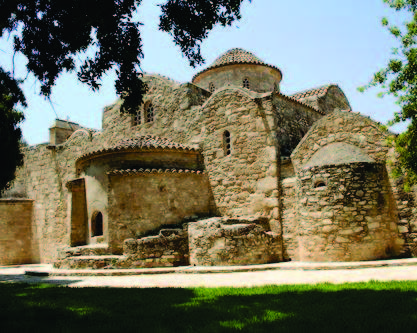
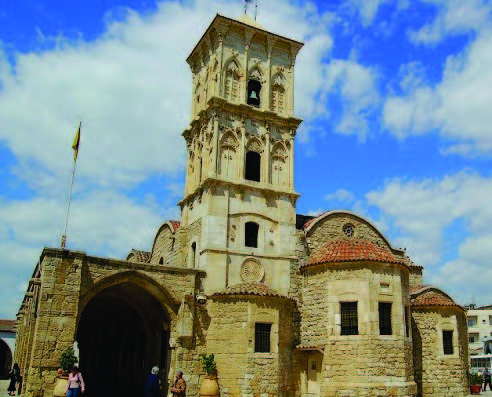

Limassol is the second largest city of the island, with stretches of sandy beaches, beautiful traditional and modern buildings as well as world-class hotels. It is also known for its lively Carnival celebrations, and the annual Wine Festival. Particularly, it is developed on a cosmopolitan seafront and surrounded by two ancient city-kingdoms: "Amathus‟ to the east and "Kourion‟ to the west, making it a popular tourist attraction.
The journey will begin from Nicosia.
On the way to Limassol we will pass through Amathus Archaeological Site, located 11km east of Limassol center, it is considered one of the most important ancient and historical sites of Cyprus. It is also known as Ancient Amathunta and dates back to 1100 BC. The first stop will be the new Marina of Limassol; which is described as "a jewel for Limassol and for Cyprus". We will walk along the promenade and we will come across the Castle of Limassol, near the port, built amongst a beautifully restored neighborhood comprising of restaurants, a microbrewery and a carob mill.
Then we will rest for a 'meze lunch' at a local tavern. Driving through the acres of lemon tree orchards of Fasouri, we will continue the journey further back to history. We will visit the Kolossi Medieval Castle; a fine example of military architecture and then The Kourion Greco-Roman theatre which has been completely restored. It is nowadays used for musical and theatrical performances and is set in a unique location.
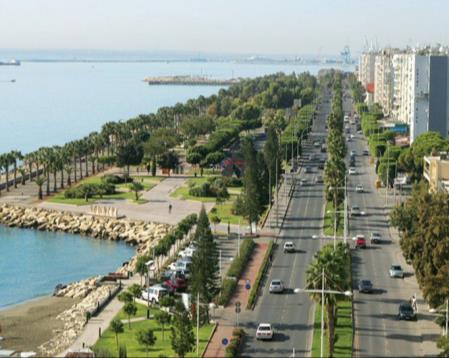
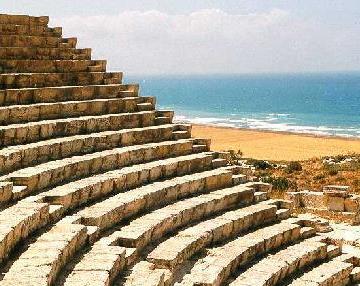
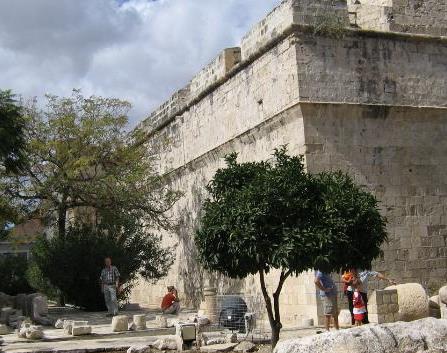
Departure will be around 9.00 am to travel towards the imposing Troodos mountain range. The guests will have the opportunity to visit the Cyprus Mountains which offer a spectacular scenery and breathtaking views at the lofty heights of Mount Olympus.
Our first visit will be the wine producing village of Omodos which is built on the Troodos hillsides amidst expansive hectares of vineyards. It is one of the most picturesque villages in Cyprus with its narrow cobbled streets and the majestic 'Monastery of the Holy Cross' in the village square. The monastery features old icons as well as excellent wood carvings in the temple, doors and even at the ceilings.
After traveling among idyllic pine scented forests, we will reach Platres; the largest and most stylish mountain resort in the Limassol district. Platres is a popular place for excursions and the beauty of the village was immortalized in a poem by the Greek Nobel laureate, George Seferis.
Following is Troodos Square; an exciting and invigorating place to be. Here, the fresh clean mountain air is blended with the aromas of traditional village food and drink in the street market all year round.
Our next stop will be Prodromos, which is famous for its cherry and apple varieties. After having a walk in the narrow cobbled streets, we will rest for a 'meze lunch' at a traditional family run tavern.
Following Prodromos; we will visit Pedoulas village, which lies in the beautiful Marathasa Valley and is the island's main cherry producing village.
Kykkos Monastery will be our last stop. The Monastery also features a contemporary museum with priceless ecclesiastical relics and pontificals of late Archbishops and bishops.
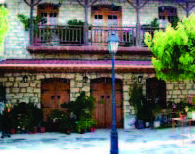
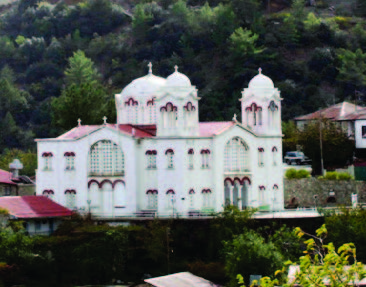
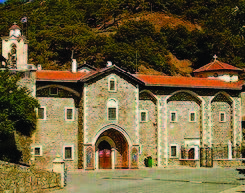
The entire town of Paphos is a listed UNESCO World Heritage Site featuring monuments of exquisite and unique beauty. Paphos was the capital of Cyprus for a long period of time in antiquity.
On our way to reach Paphos town, we will make our first stop to Pissouri and in particular at 'Petra tou Romiou. According to mythology, the Goddess of Love and Beauty was born through the foam of this sea.
We will then proceed to the 'Tombs of the Kings'. This area contains underground tombs said to rest noble men, carved out of solid rock, which date back to the 3rd century B.C. creating a sense of mystery and secrecy.
Continuing the trip through pure history, we will then walk to the nearby 'Roman Villas of Dionysos', where the guests will see the ploughshare which accidentally uncovered part of a mosaic pavement in 1962. This was the beginning of a series of excavations that finally revealed a total of 22 rooms, 14 of them with mosaic floors representing scenes of hunting and Greek mythology of exquisite beauty and perfect geometry.
Adjacent to the Paphos Archeological Park where the mosaics are located, we will visit the Paphos Fort. This was originally built to protect the harbour but was dismantled by the Venetians in 1570. During the 16th century, the Ottomans restored and rebuilt the fort after they captured the island. Here we will make a stop for a traditional fish meze lunch.
Within our tour, we will also visit the 12th century St. Solomoni Christian catacomb as well as the Early Byzantine basilica Chrysopolitissa church and St. Paul's Pillar.
